During the flood in Hanoi and the northern provinces after storm No. 3, journalist Hoang Dung, News Center - Hanoi Radio & Television and his colleagues were assigned to report on the flooded areas due to heavy rain in many suburban districts with large rivers passing through. Such as Ba Vi district, Son Tay town, Chuong My district, My Duc district...
Despite the preparations, he and his colleagues still encountered many difficulties when working in flooded conditions, heavy rain, traffic disruption, and many obstacles in transportation. There were times when he and his team had to wade through deep water and take boats from locals to get to the areas most affected by the pandemic.
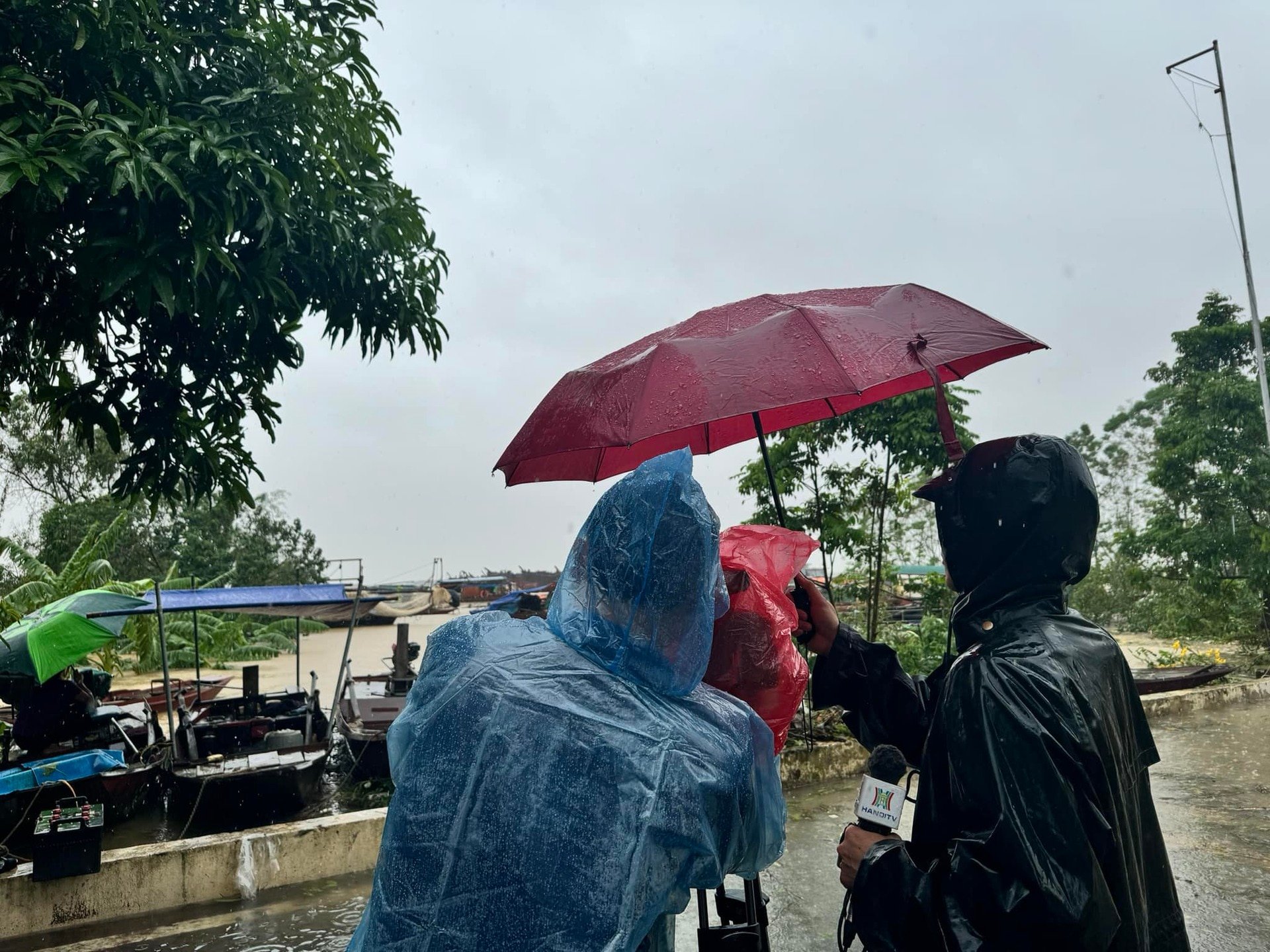
Journalist Hoang Dung and colleagues from the News Center - Hanoi Radio & Television Station working during storm No. 3. Photo: NVCC
The group tried to find the areas and localities that were most affected, considering this an opportunity to expand the topic, avoiding old topics and at the same time giving the capital's audience a better understanding of the lives and activities of people in the 'flood center' of Hanoi. Throughout the process of working, all reporters at the station promoted the spirit of solidarity and mutual support.
Journalist Hoang Dung shared: “Initially, I was sent by my agency to coastal provinces such as Hai Phong and Thai Binh to report on storm No. 3. After a few days of traveling to the provinces, my colleagues and I were assigned to go to localities in the city to record the situation of heavy rain and flooding. Especially recording the effects of floods on the Red River, Nhue River, and Day River rising rapidly, and urgently evacuating people to safe flood-avoiding areas at night. Just yesterday (September 11), we also went to record the situation of Minh Chau island commune (Ba Vi) being deeply flooded, traffic was disrupted, and hundreds of hectares of crops were submerged in water…”
Like journalist Hoang Dung, journalist Duy Khanh (Multimedia Communications Section – Media) of Kinh te & Do thi Newspaper also had nearly a week to work in many areas affected by storm No. 3 and flooded areas of Hanoi. While writing, taking photos, editing videos, the work pressure was great but he never felt tired or exhausted.
Because he works in Media, the visual part is very important, so he constantly travels to flooded communes and wards, always staying close to the scene to get the most accurate visual information about the rescue work and support for people from all levels of government.
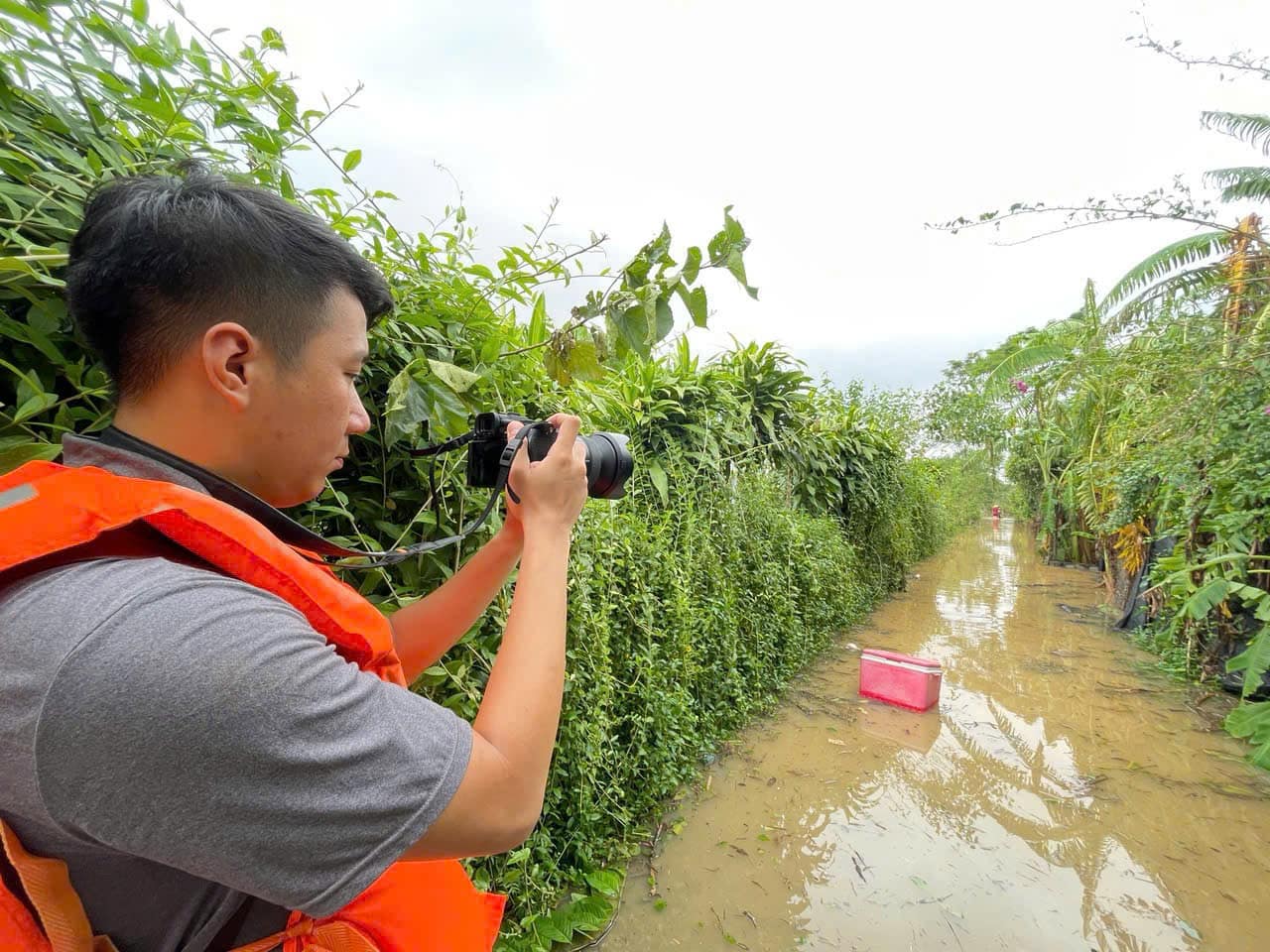
Journalist Duy Khanh (Multimedia section) of Kinh te & Do thi Newspaper working at the sandbank in the middle of the Red River. Photo: NVCC
On September 10, due to the complicated weather conditions, journalist Duy Khanh and his colleagues went to the sandbank area in the middle of the Red River, where dozens of households live, to record the reality that the Tay Ho district government mobilized forces and vehicles to support the movement of people and property of Ngoc Thuy ward residents out of the sandbank in the middle of the Red River. At that time, the roads leading to the sandbank area in the middle of Long Bien bridge were deeply flooded, making it unsafe to travel. Luckily, journalist Duy Khanh was able to get a ride on a boat from the locals. At times, he had to wade through quite deep water, and he tried to film and take many photos to record the urgent images of the forces on duty. It is known that only a short time later, the entire sandbank area in the middle of the Red River was submerged in water.
Journalist Duy Khanh shared: “Every time I go on a mission to a natural disaster “hotspot”, I prepare quite carefully in terms of equipment, sometimes just a pair of sandals instead of shoes, working during the rainy and stormy season, I know that I will have to change several sets of clothes, but that is my job! During the process of working in flooded areas, I always try to convey messages about the difficulties and losses that people are suffering. I just hope that each of my articles will become a bridge for readers to share with people, helping them overcome difficulties soon.”
It can be said that the story of journalists Hoang Dung and Duy Khanh are two of hundreds of reporters who are not afraid of danger and hardship, ready to commit themselves to work during natural disasters and floods. For them, this is not only the responsibility and daily work of journalists but also a way to share with the government, army and people of the capital when natural disasters occur.


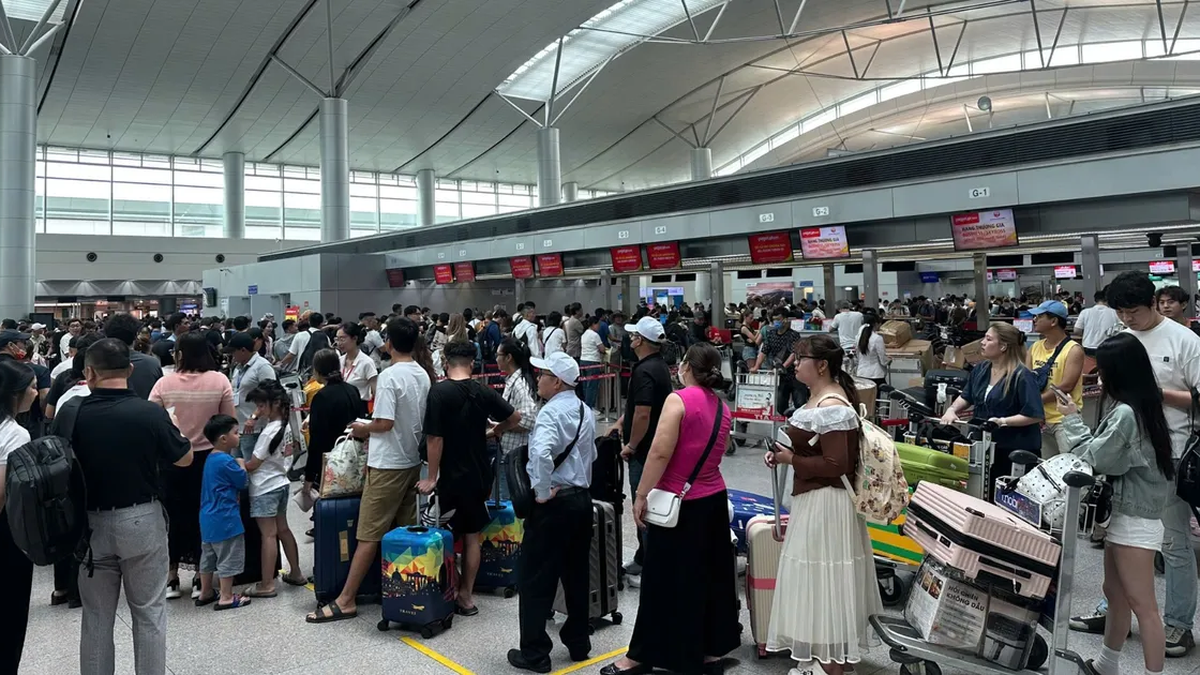
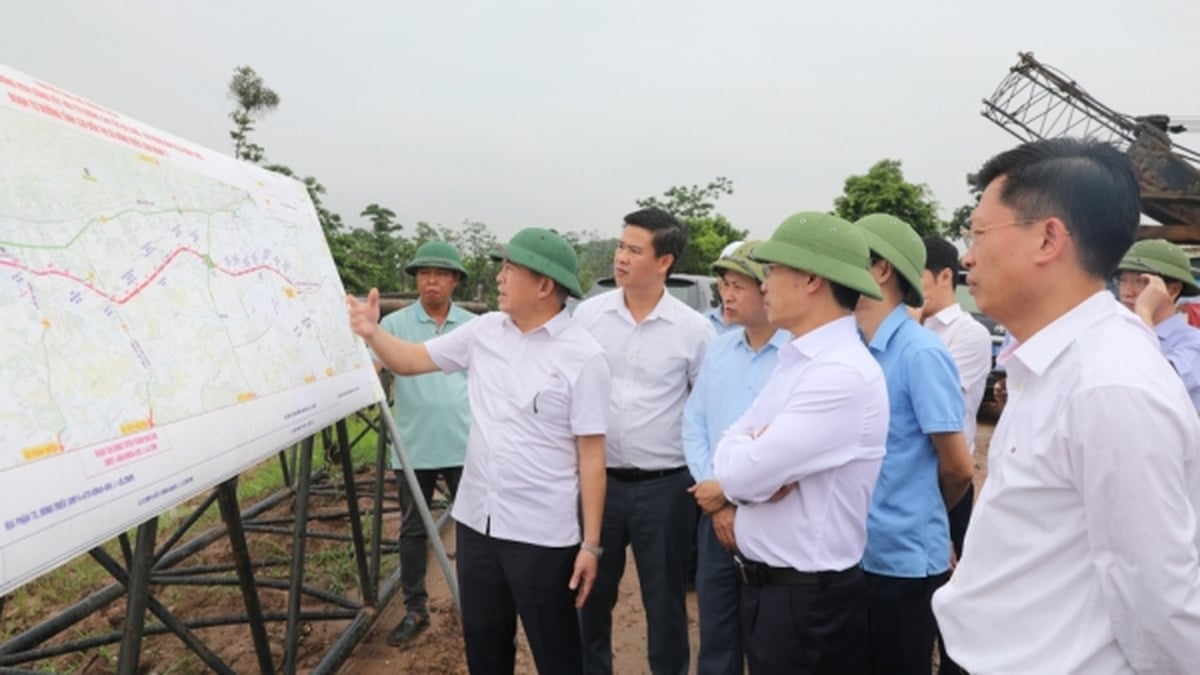
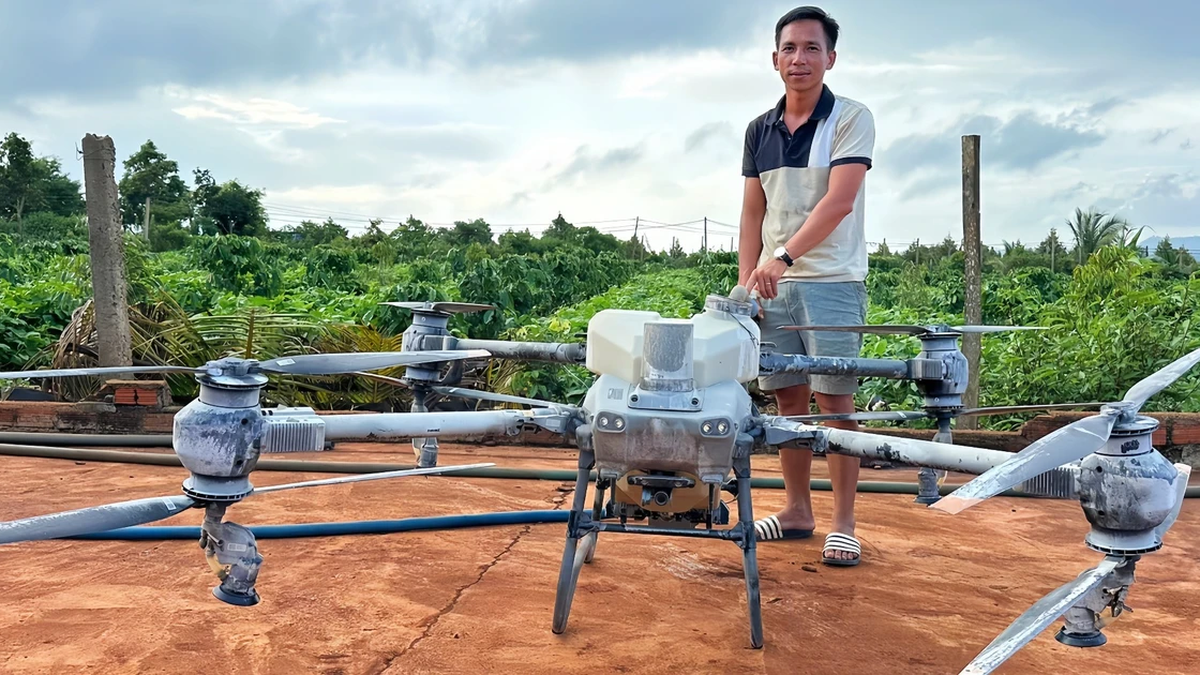
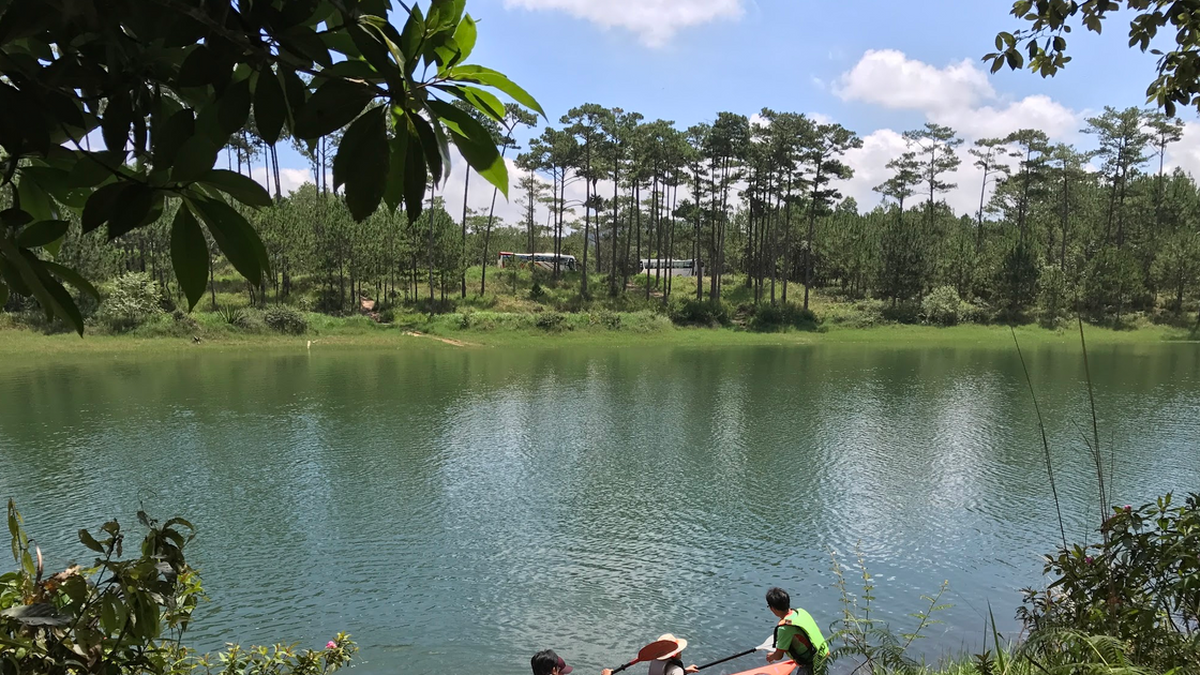

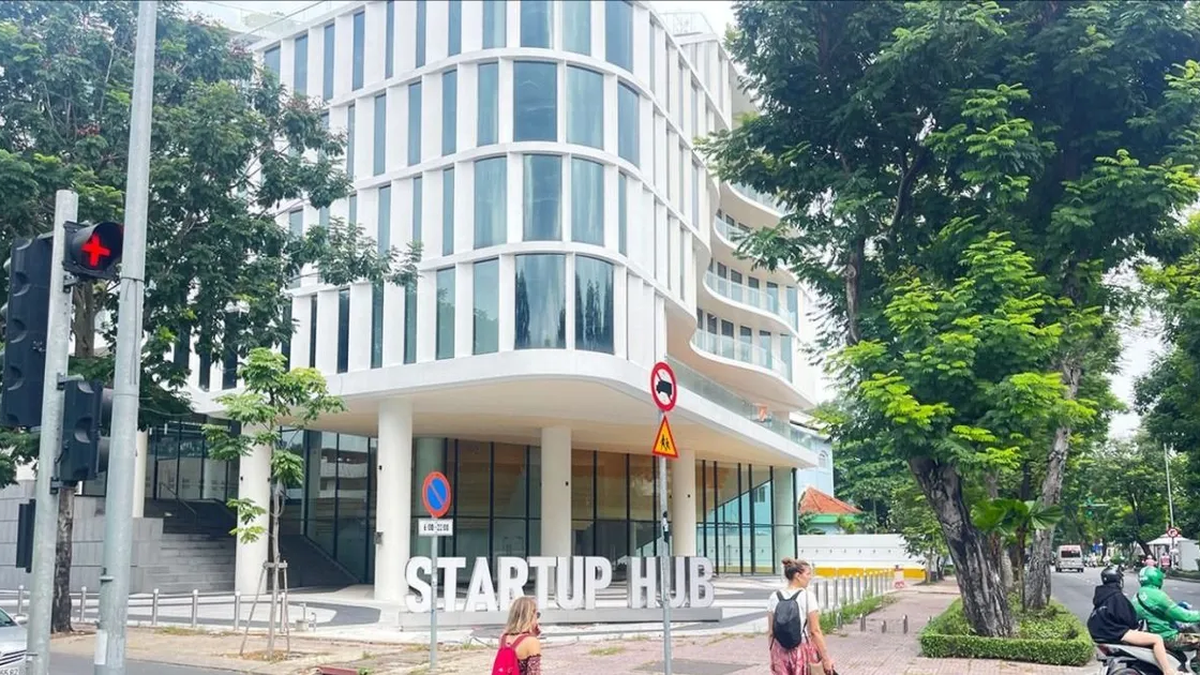
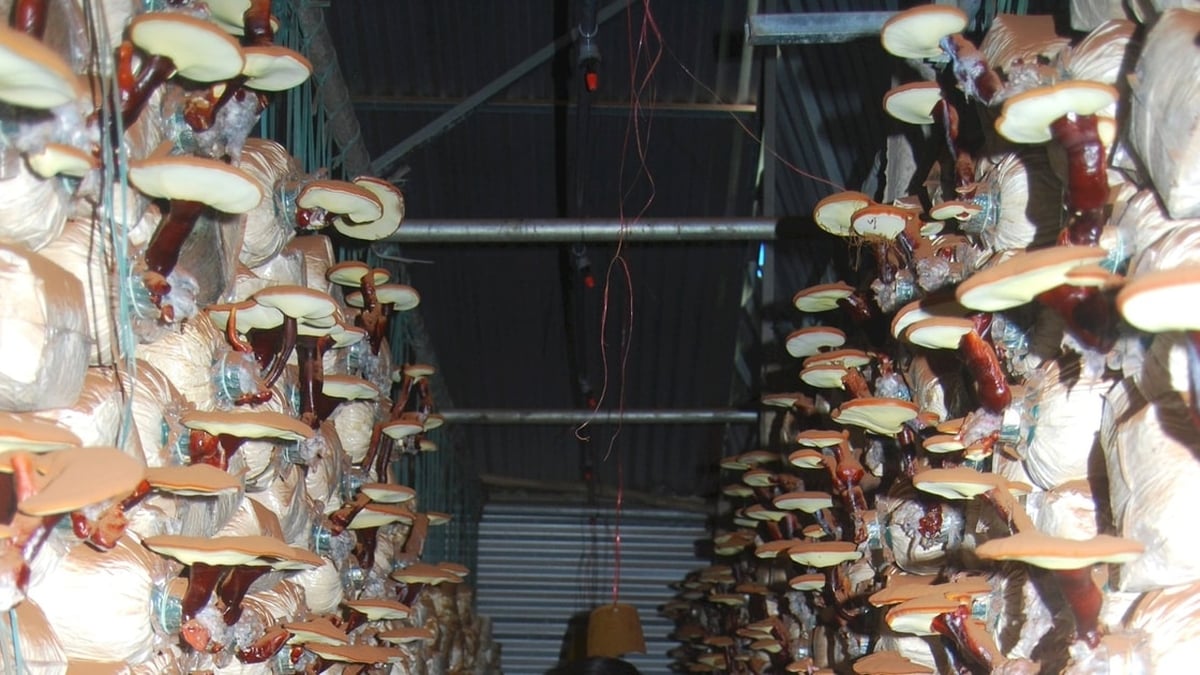
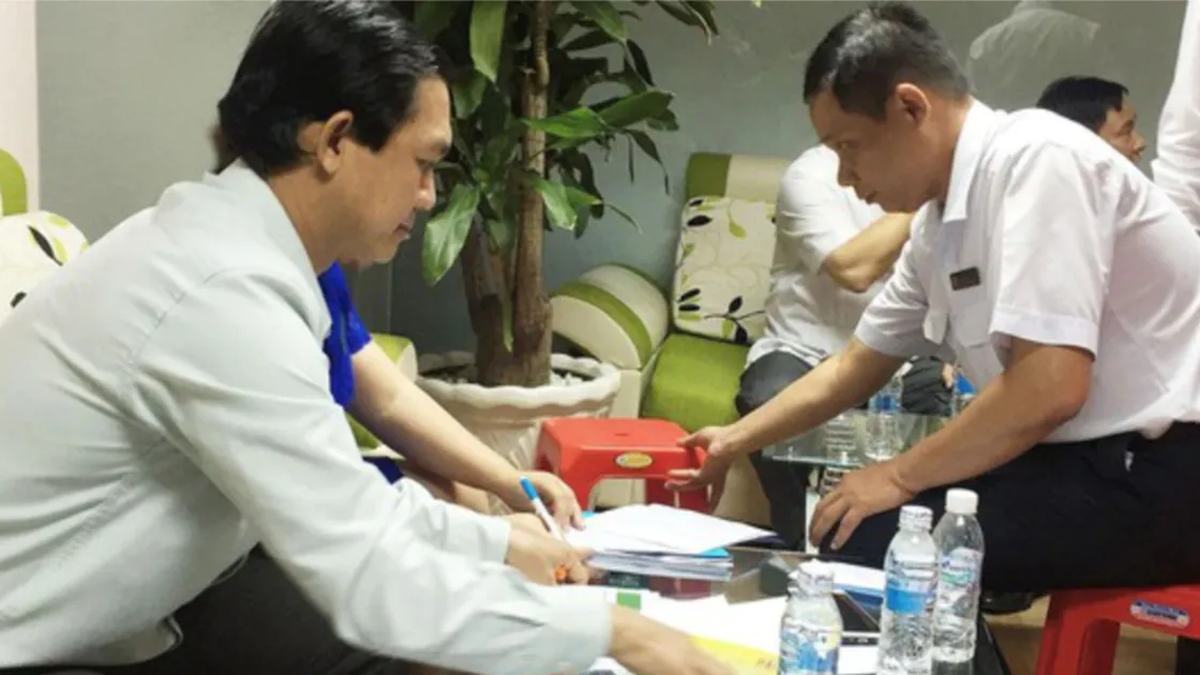
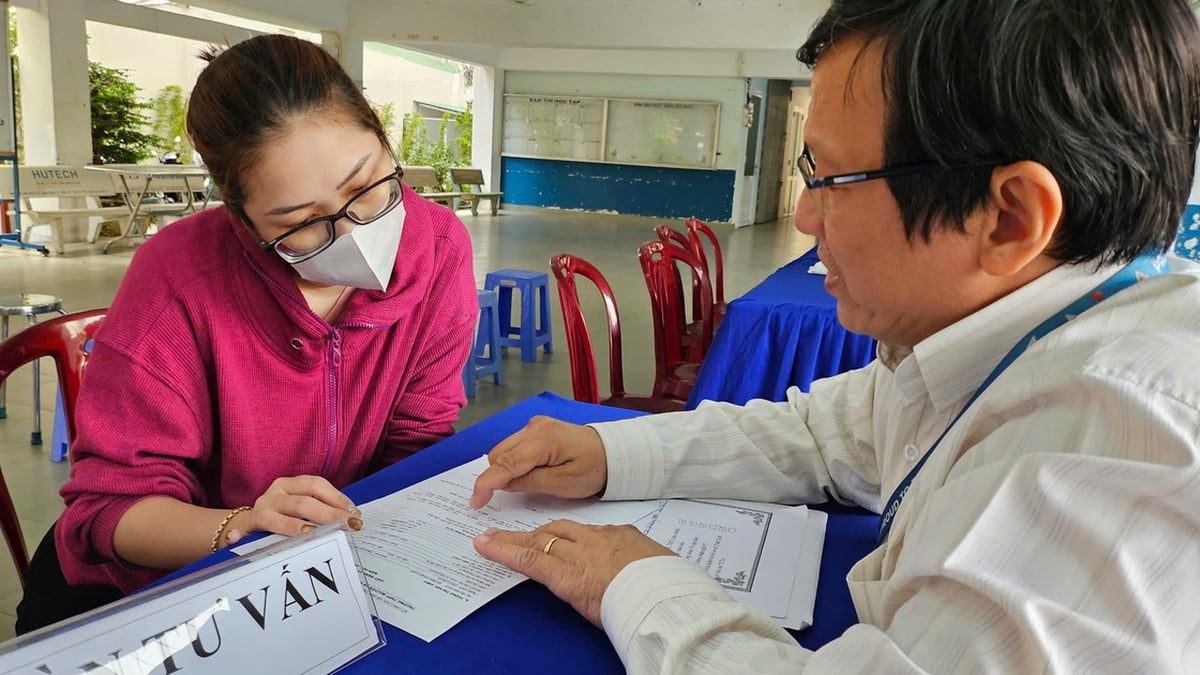
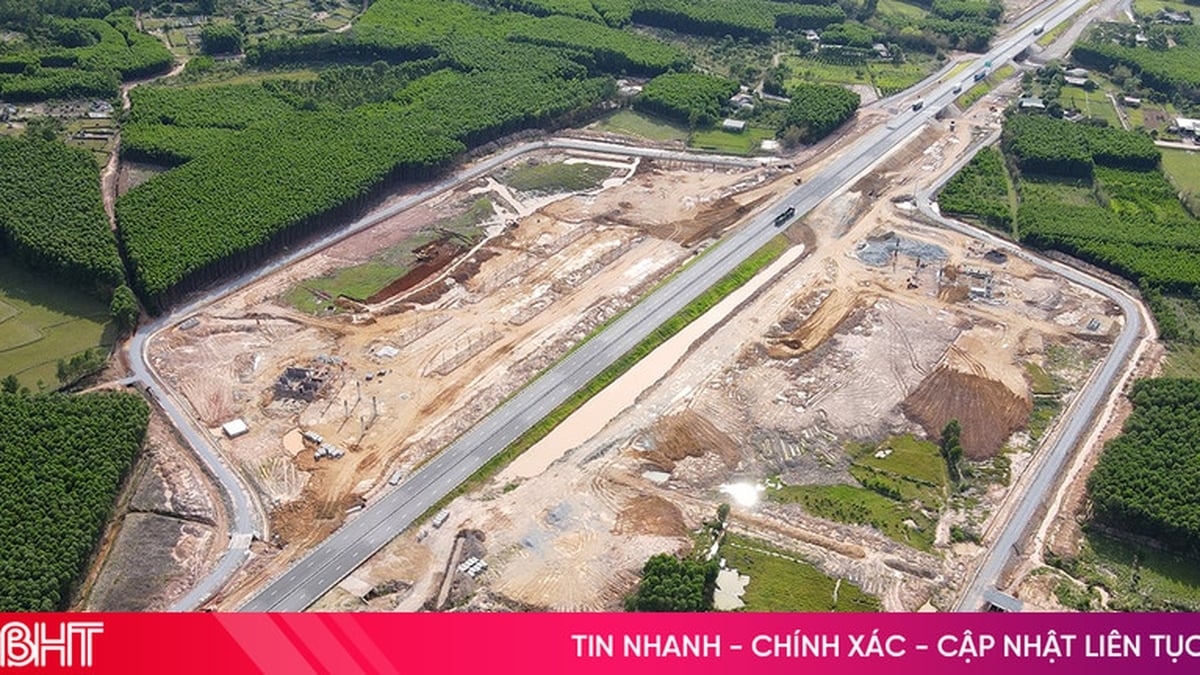










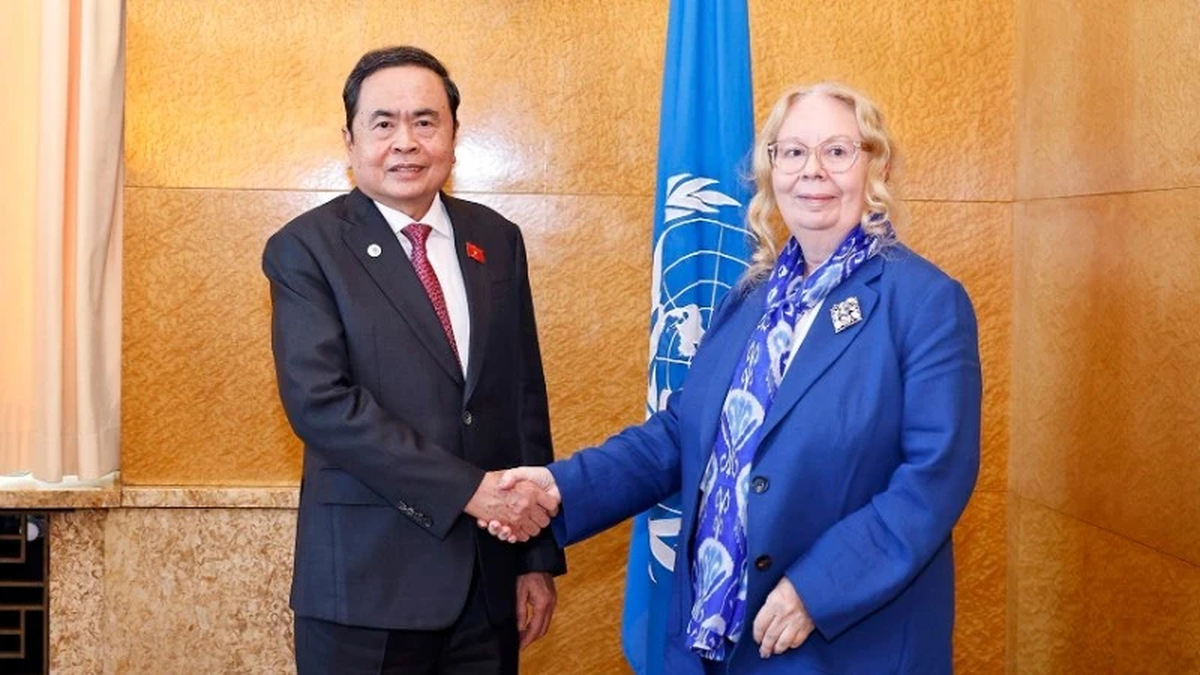
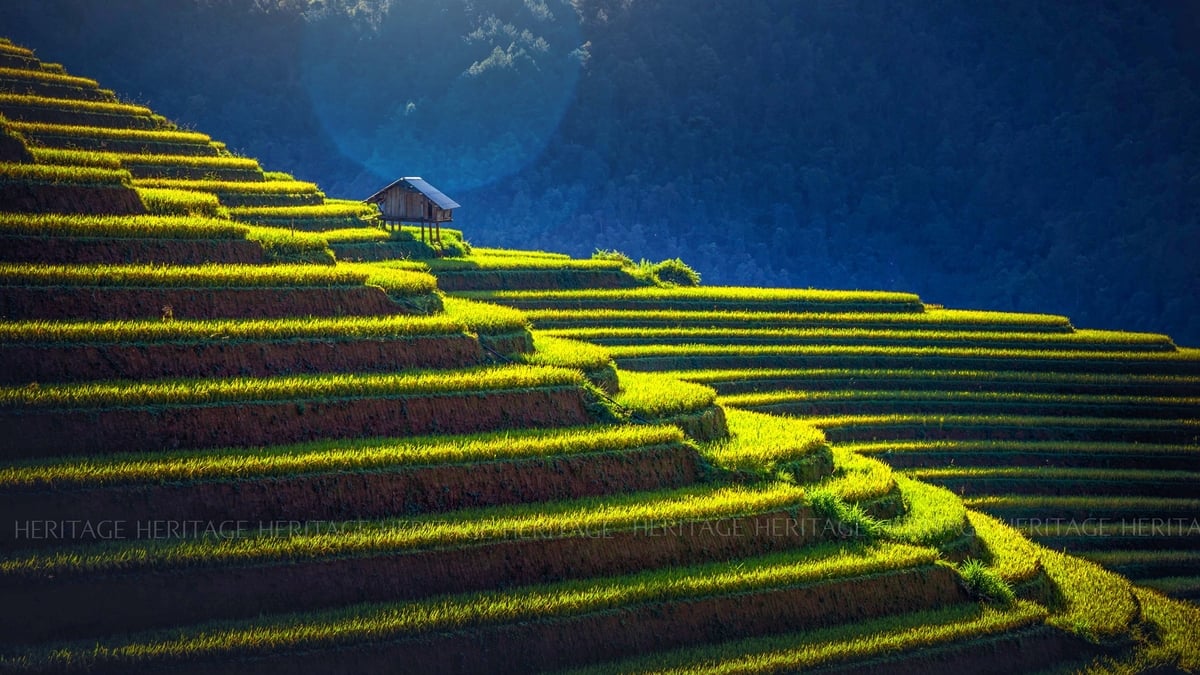
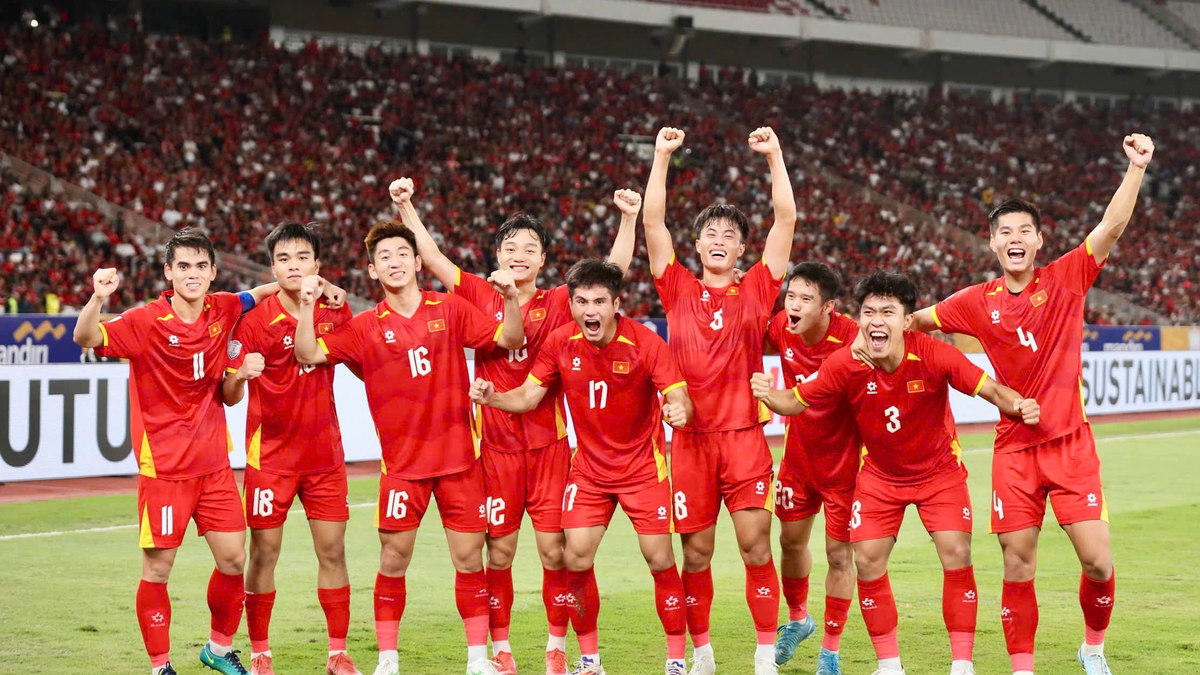
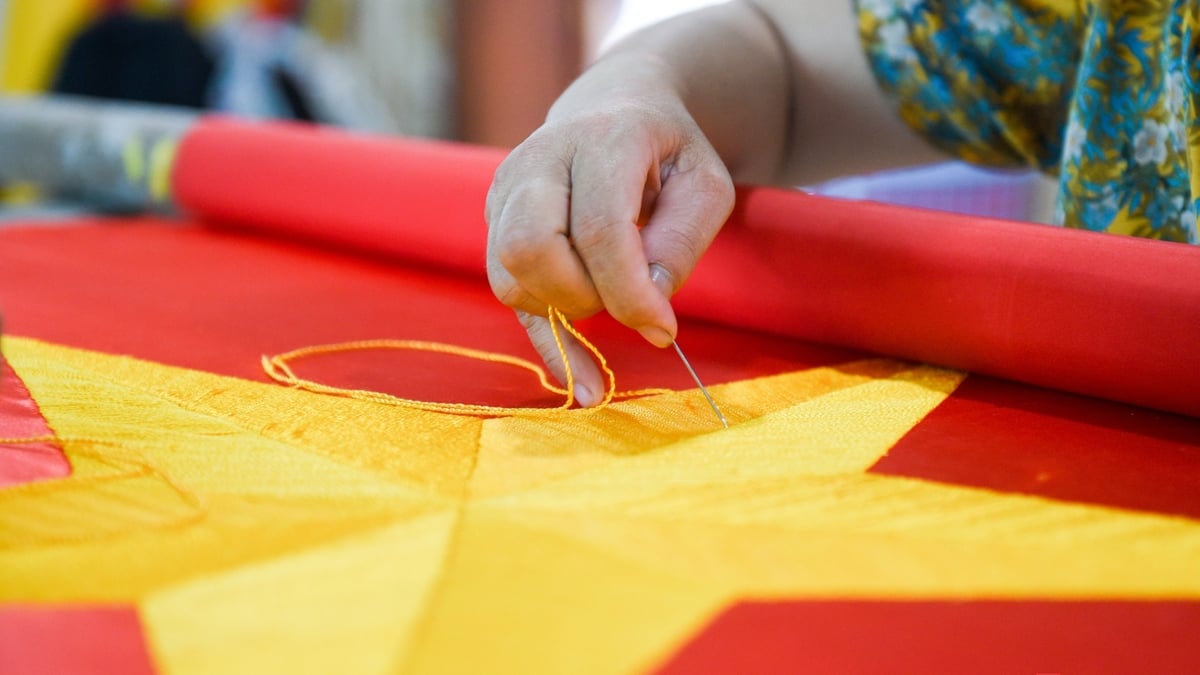
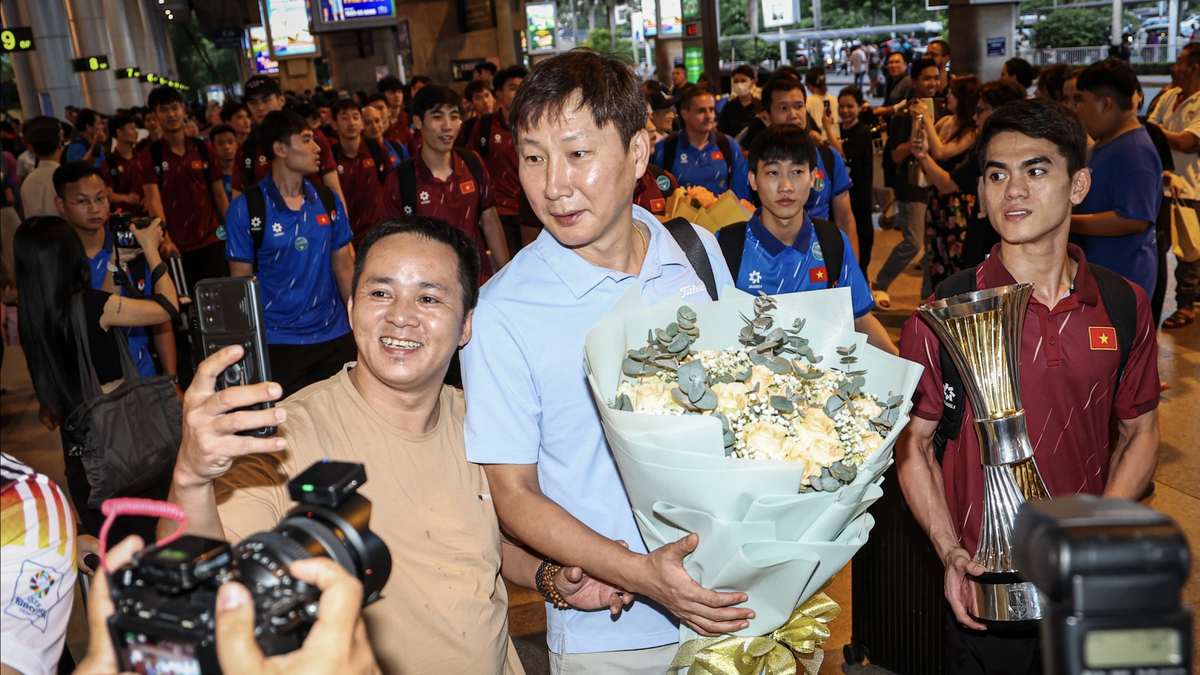
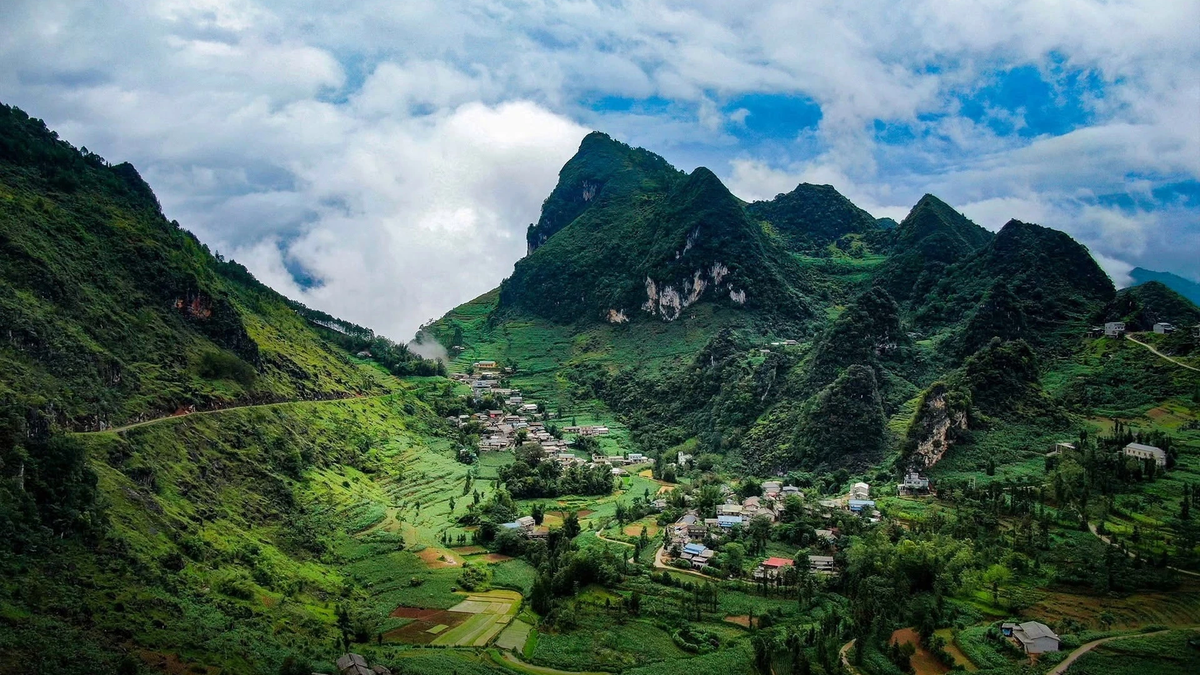
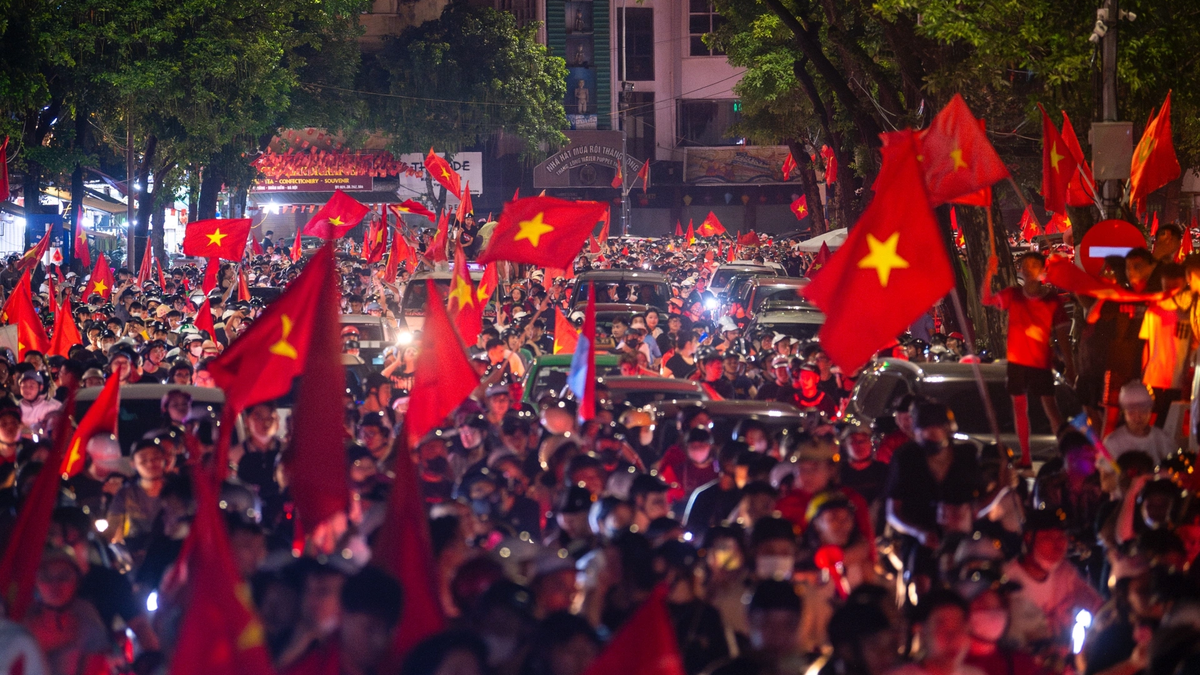
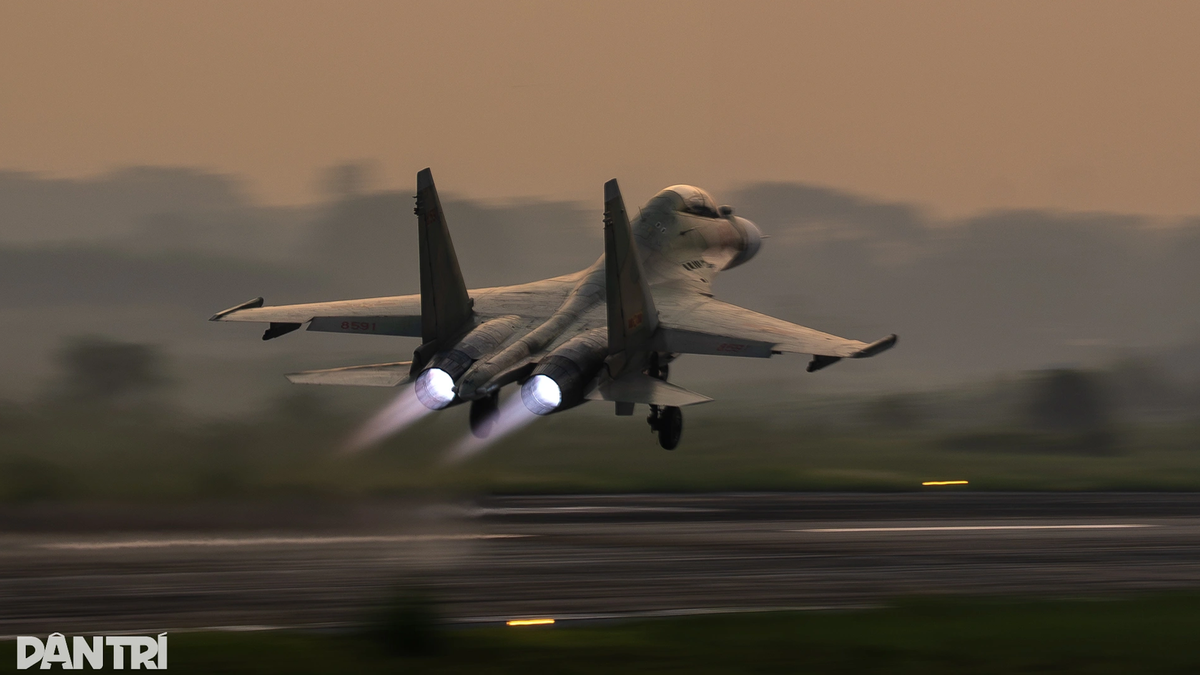

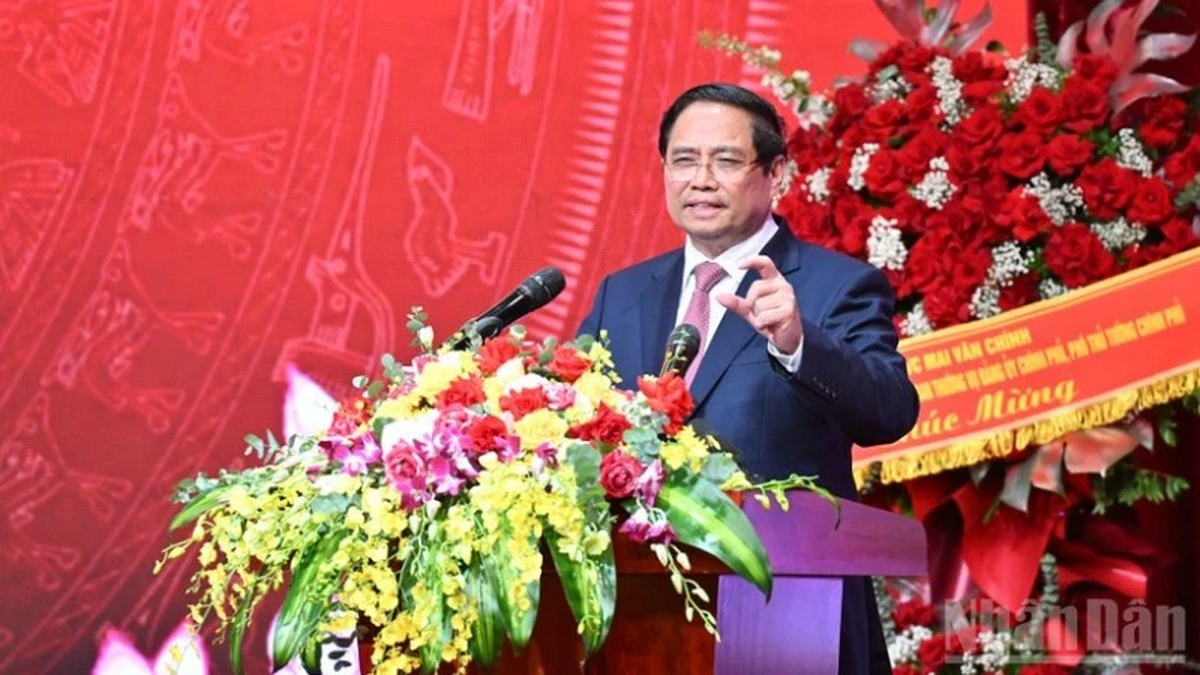
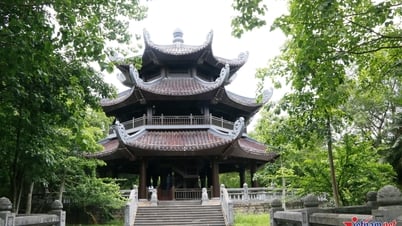



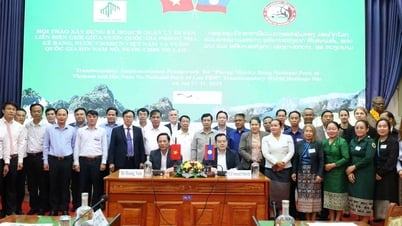

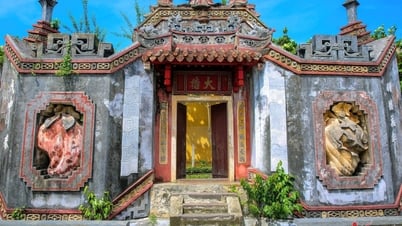
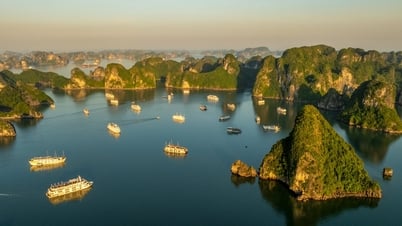

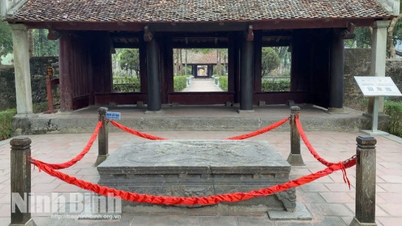


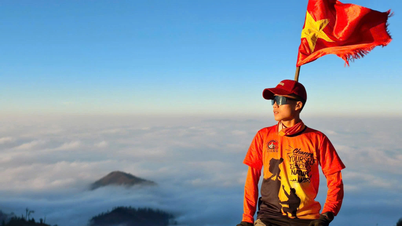

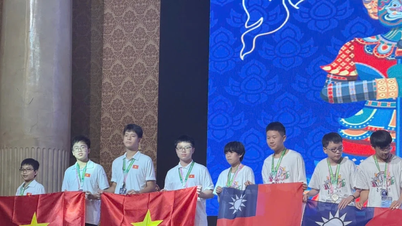




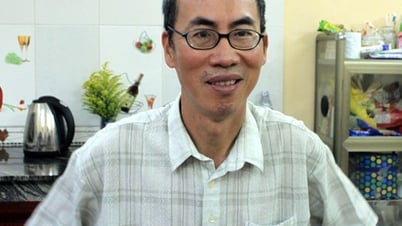



![[Maritime News] Container shipping faces overcapacity that will last until 2028](https://vphoto.vietnam.vn/thumb/402x226/vietnam/resource/IMAGE/2025/7/30/6d35cbc6b0f643fd97f8aa2e9bc87aea)


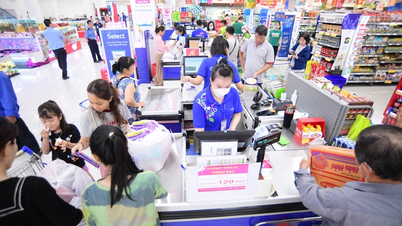




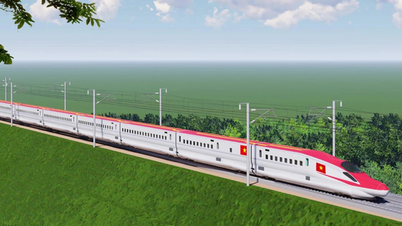




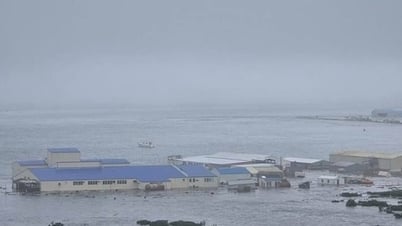



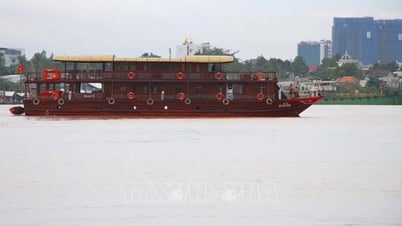

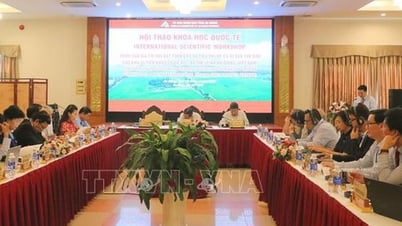
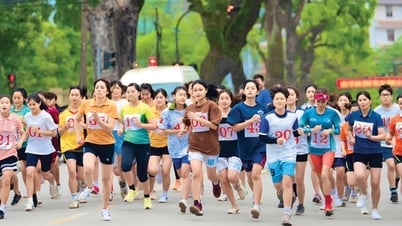
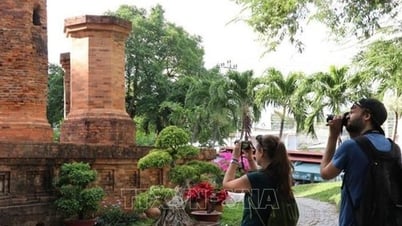
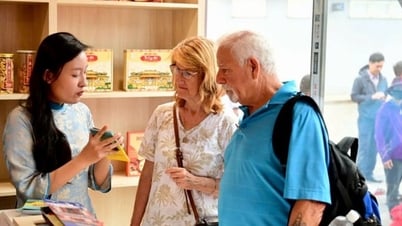







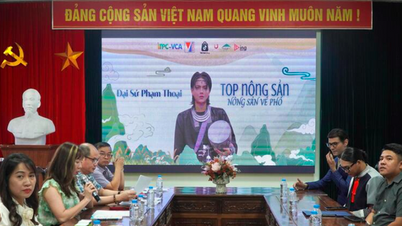

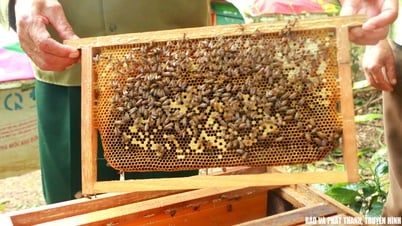

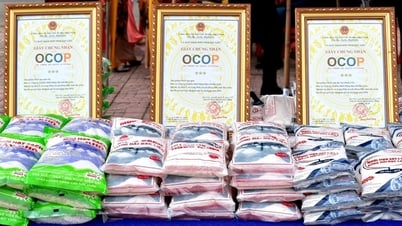
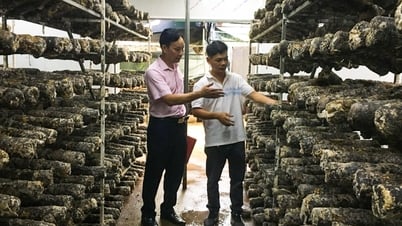

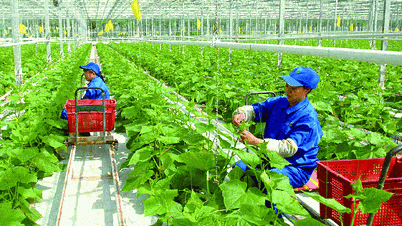




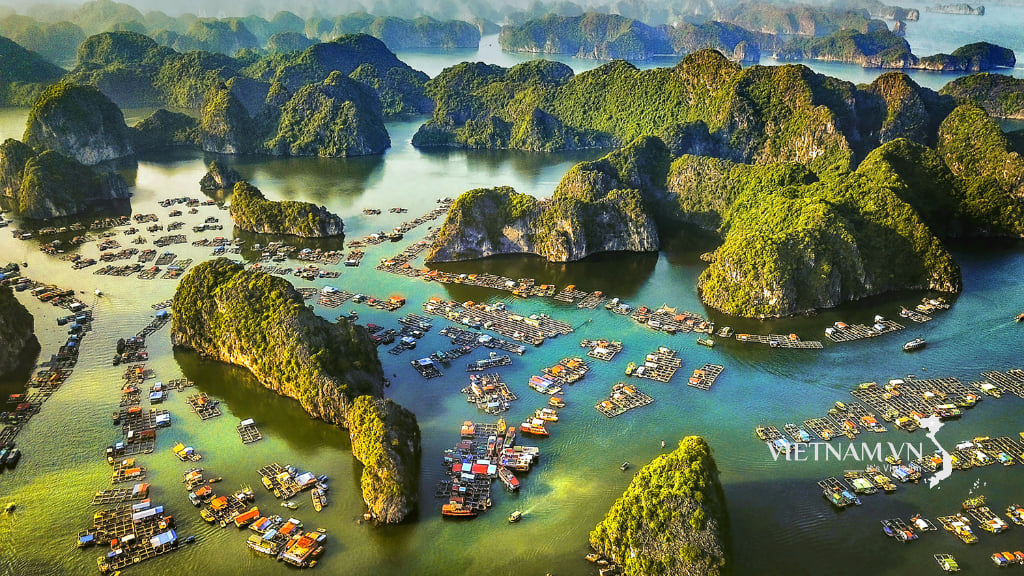

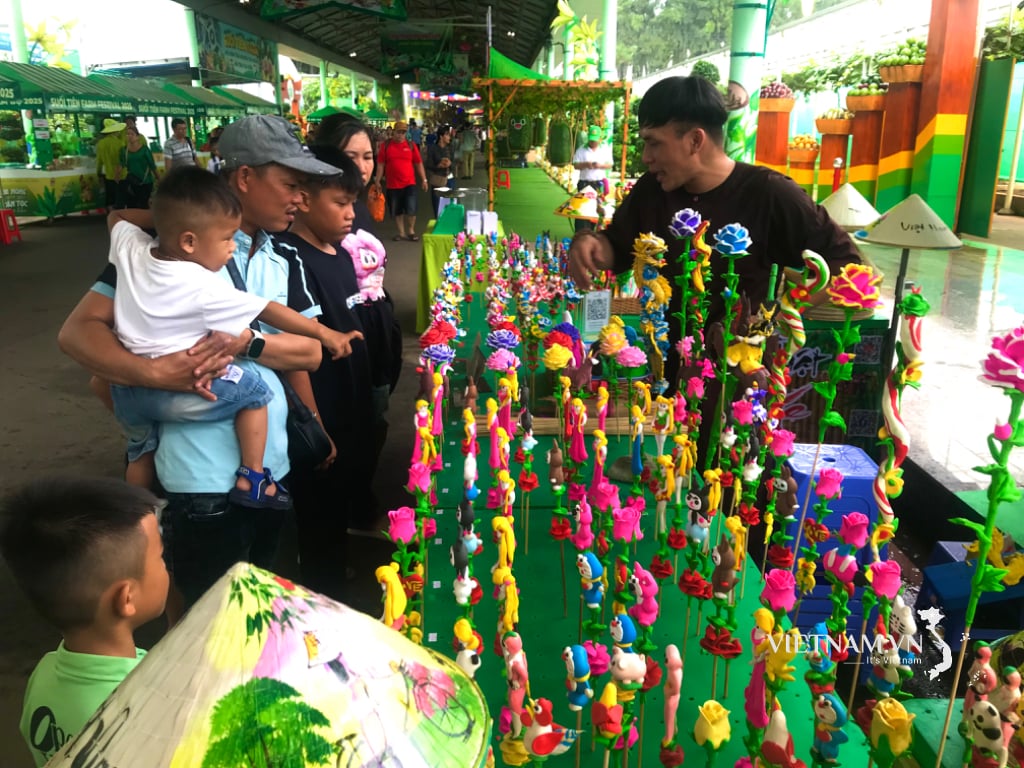
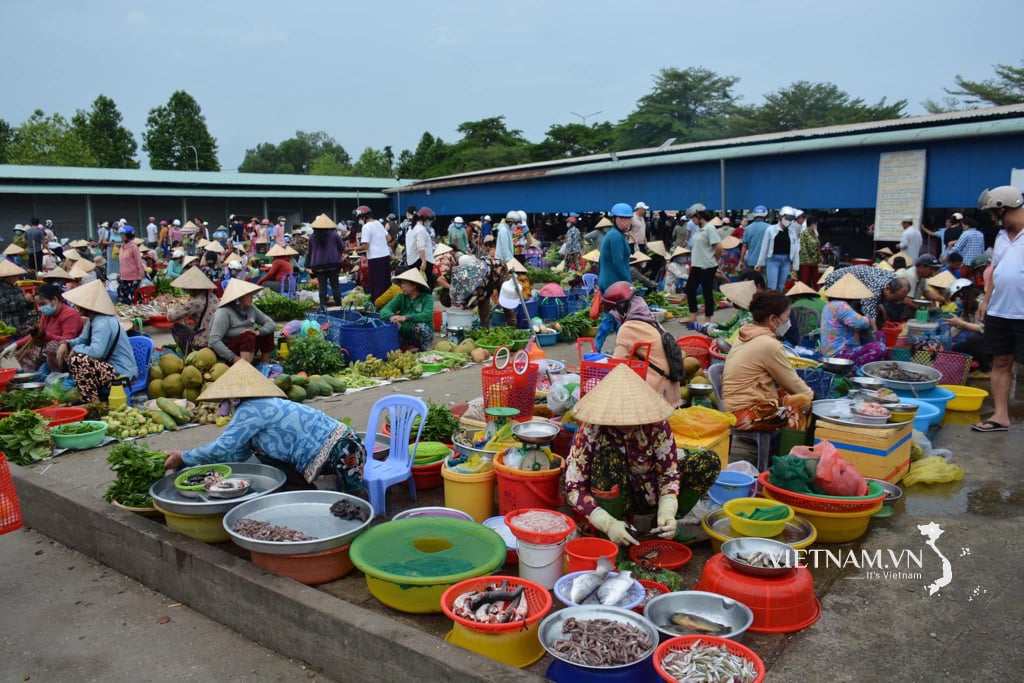
Comment (0)